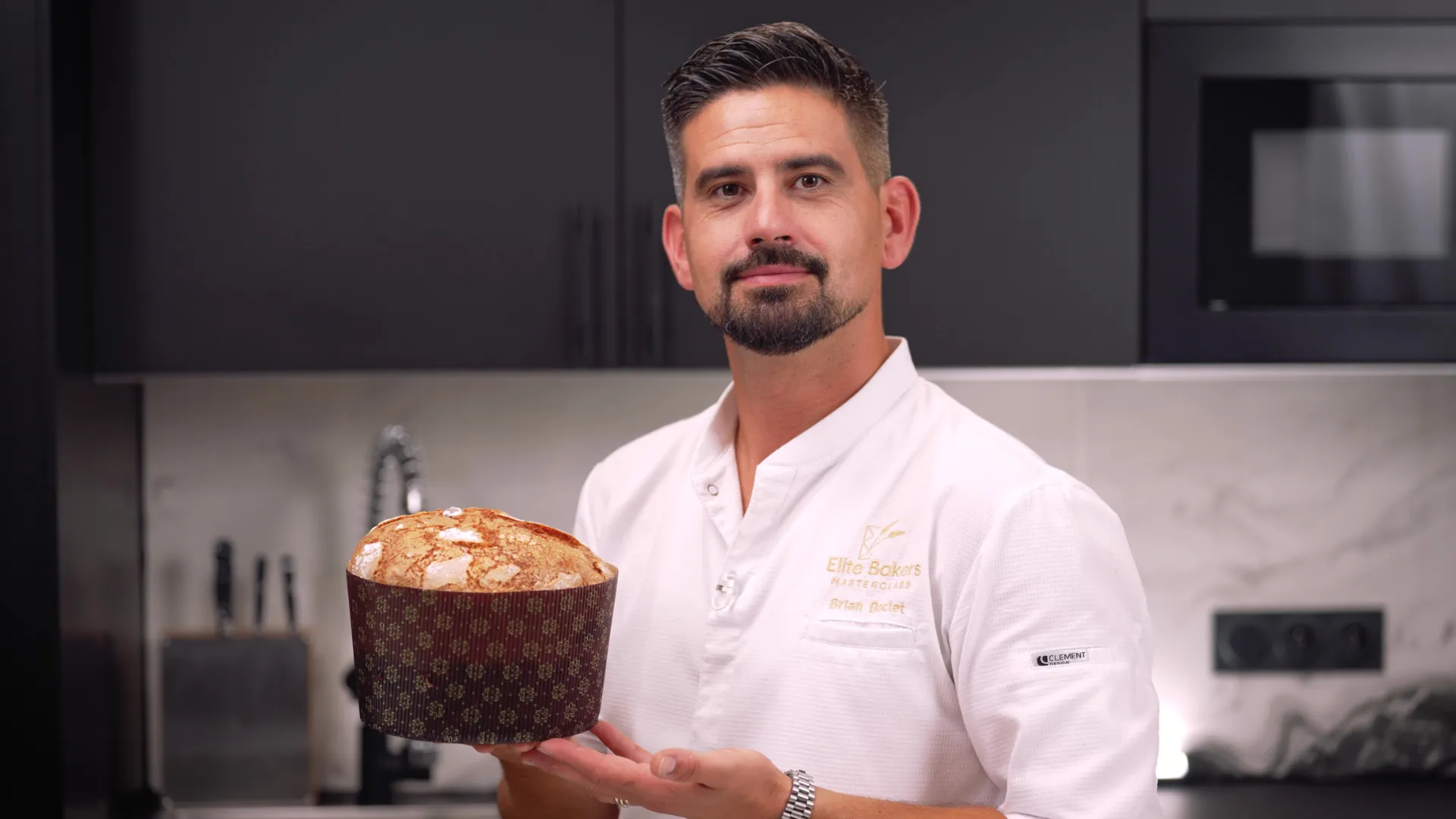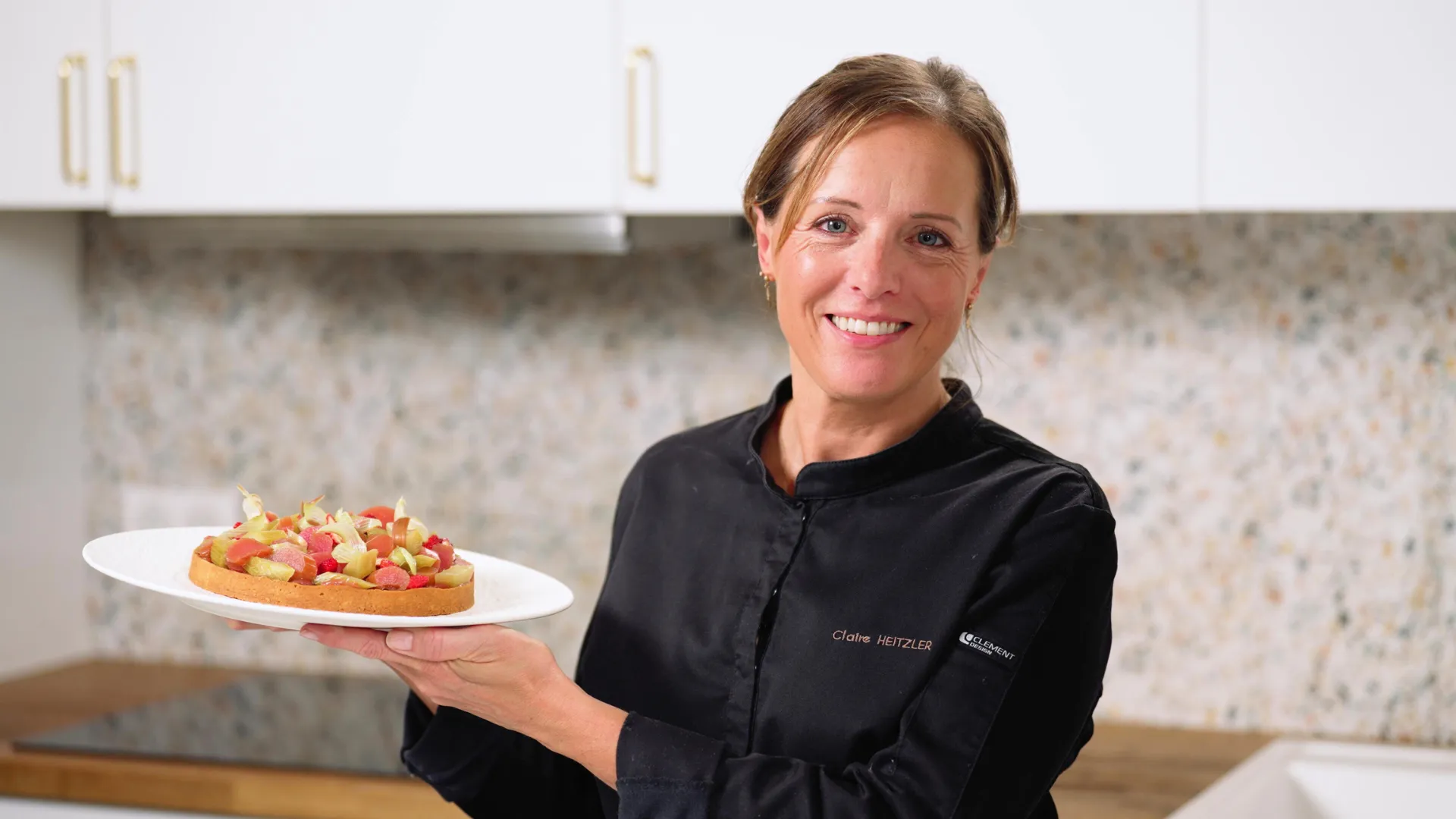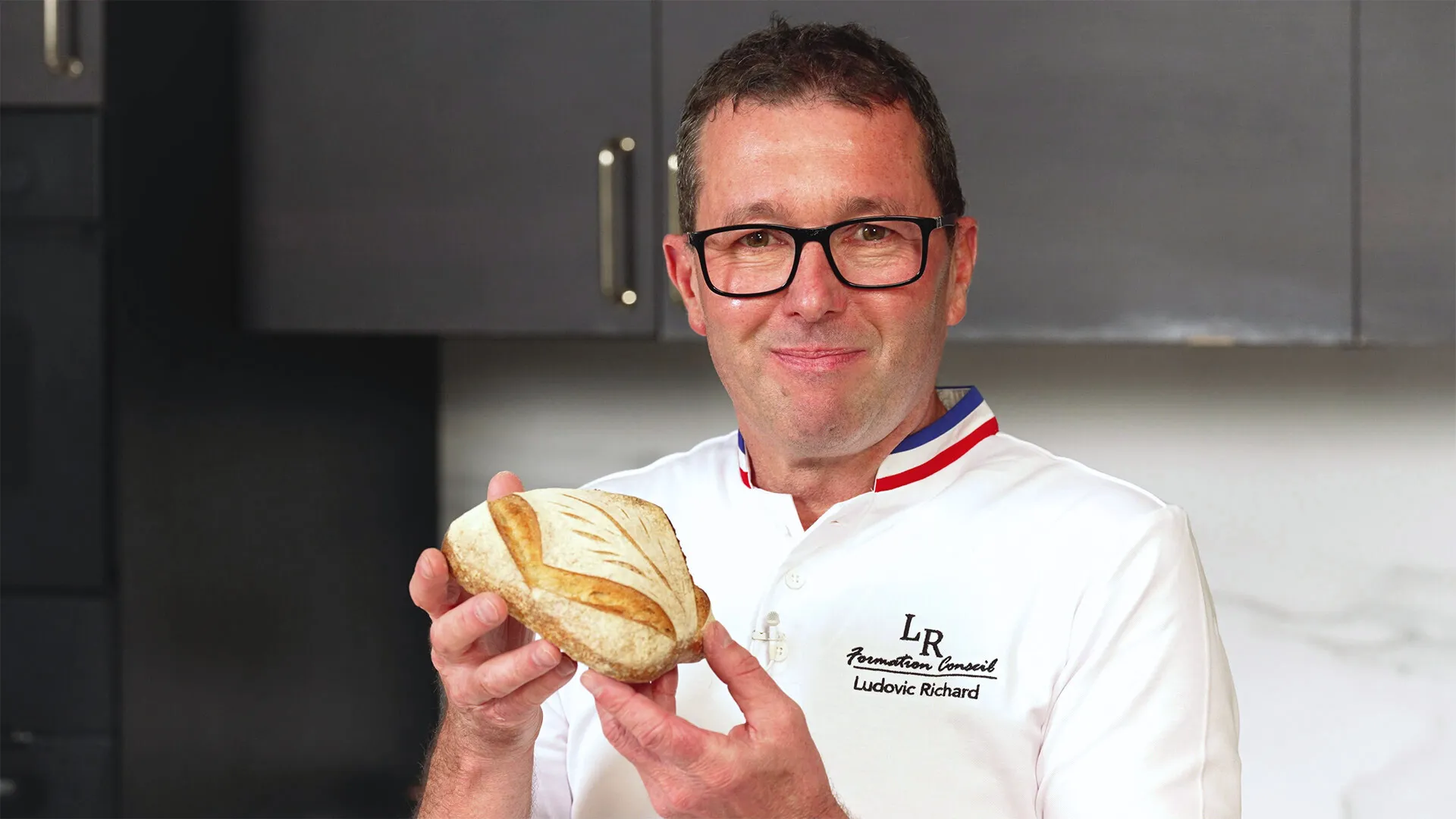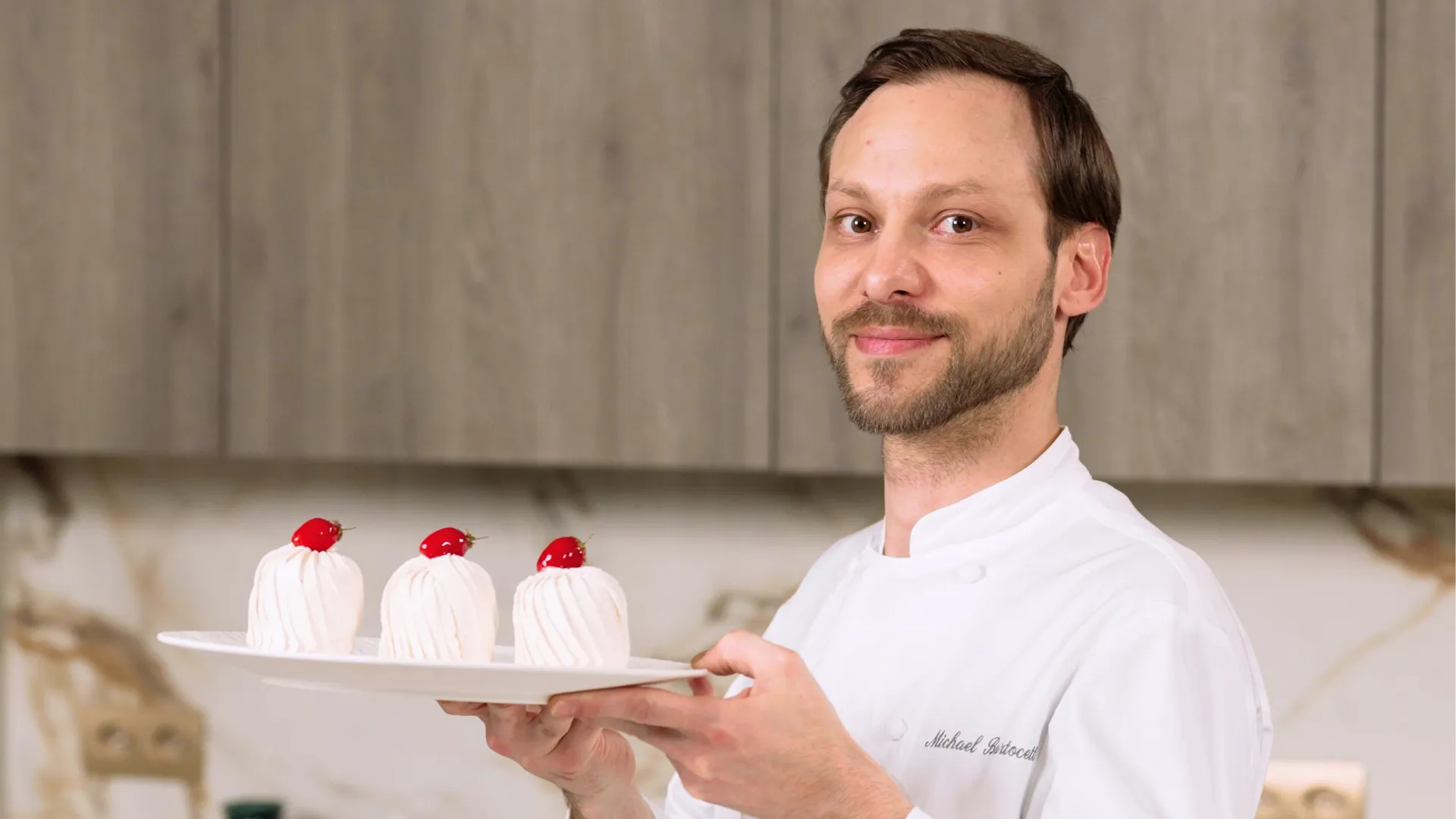Have you ever spotted a crown-shaped brioche at a festive table and wondered what it was? Maybe you’ve heard of kougelhopf but weren’t sure how it’s made — or what makes it so special? You're in the right place.
More than just a brioche, kougelhopf is a beloved Alsatian treasure. With its signature mold, golden crust, and hints of rum-soaked raisins and toasted almonds, it's both a celebration food and a nostalgic comfort.
Where does it come from? What makes the mold so unique? And above all how can you recreate a soft, perfectly risen kougelhopf at home?
Whether you’re a baking enthusiast or a curious cook, this guide will help you master the kougelhopf like a pro. Here’s what you’ll learn:
Ready to take your taste buds on a journey through Alsatian baking tradition? Let’s get started.
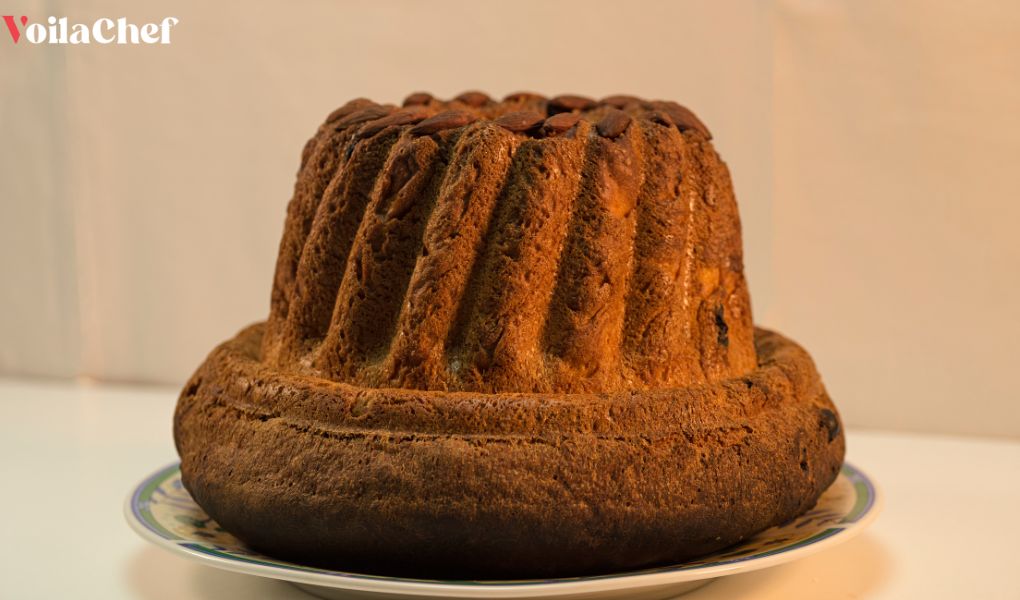
Kougelhopf is a traditional Alsatian brioche, possibly dating back to the Middle Ages or even Roman times, some say!
One legend claims that a wise king from the East gifted the recipe to bakers in Ribeauvillé. Others say it came from Austria or Vienna before settling in Alsace.
Either way, it became a celebration bread, served at weddings, baptisms, and major family gatherings. Its distinct mold tall, fluted, and round with a central hole is traditionally made of earthenware, often hand-decorated with regional motifs.
Sweet kougelhopf is an enriched brioche, buttery and gently sweet. It’s often flavored with rum, kirsch, or orange blossom, and filled with plump raisins and toasted almonds.
Almonds are placed at the bottom of the mold, creating a beautiful top once inverted.
The inside is light and fluffy, the outside crispy and golden thanks to slow baking in a clay mold. Finished with a dusting of powdered sugar, it’s perfect for breakfast, brunch, or tea time.
Kougelhopf dough is a yeasted brioche dough — it takes time, but the result is worth every minute.
Time to flavor and mold your kougelhopf:
Final step: bake your masterpiece!
Serve it for breakfast, brunch, or with coffee and enjoy every buttery, fluffy bite.
Kougelhopf is more than a recipe it’s a symbol of Alsatian hospitality.
Traditionally baked for holidays, weddings, and Sunday breakfasts, it evokes the warmth of family and festive gatherings.
In many families, the kougelhopf mold is a heirloom passed through generations. Each household has its own tweak a secret soak, a signature spice.
Even today, local bakeries and Christmas markets in Alsace proudly showcase kougelhopfs golden, aromatic, and filled with tradition.
You've reached the end of this delicious deep dive but your baking journey is just beginning.
You now know the history, cultural roots, essential techniques, and chef-level tricks that make kougelhopf such a cherished bake.
But the real magic begins in your kitchen.
Want to go even further? Learn directly from expert French bakers?
At VoilaChef, our online baking and pastry classes are led by renowned chefs. You'll get step-by-step guidance, exclusive recipes, and the confidence to recreate French classics at home.
Ready to master the art of brioche and level up your baking skills ?
